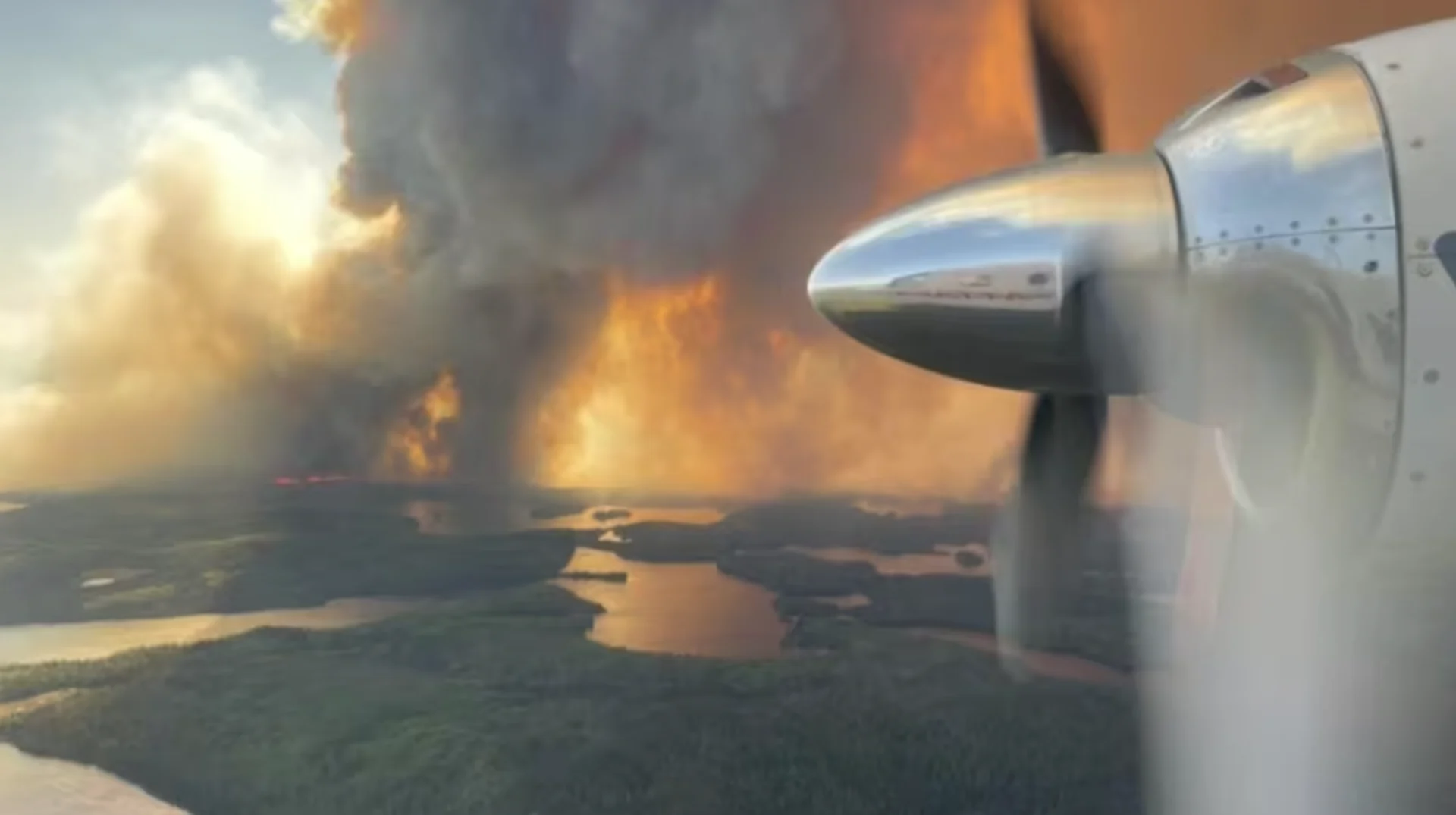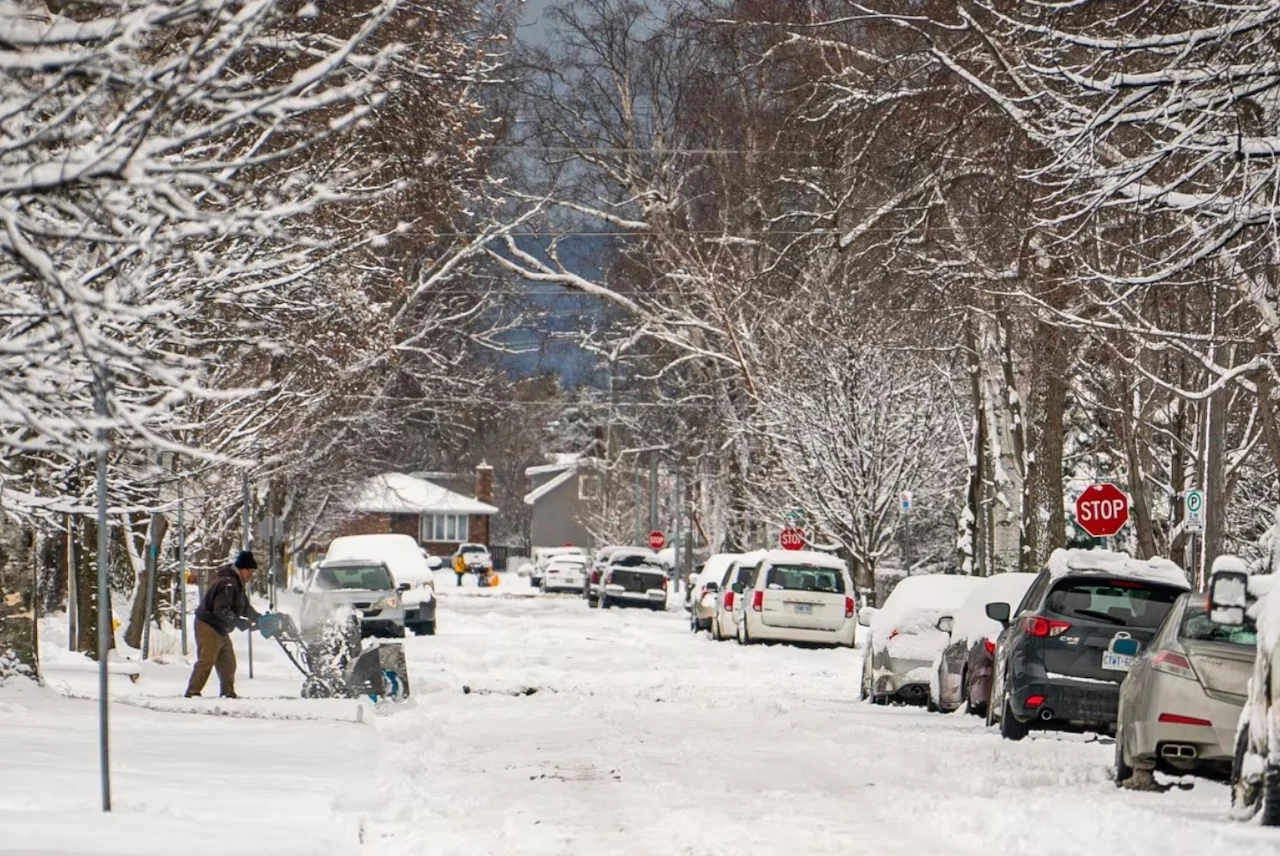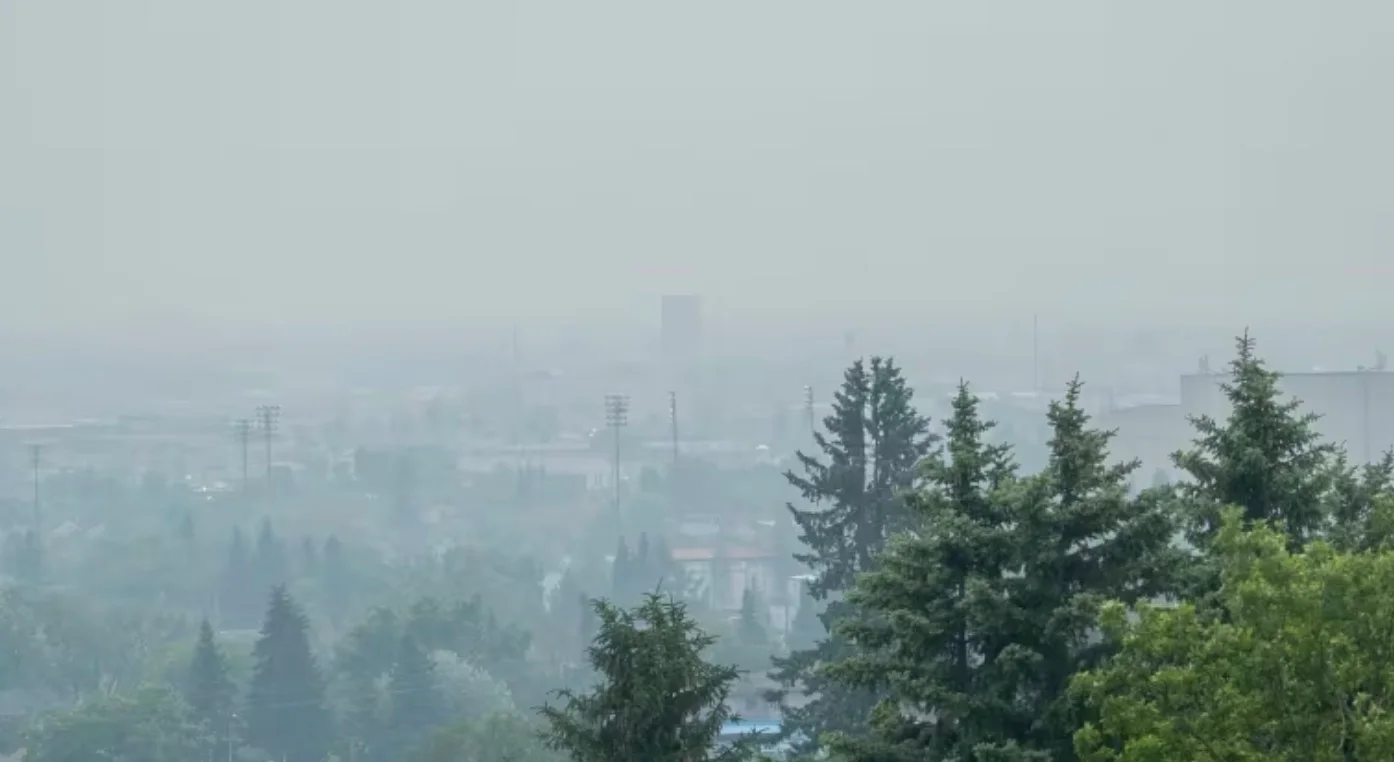
Hopes April showers mitigate fire risks in northwestern Ontario as season begins
Ontario's wildfire season has officially begun, and in northwestern Ontario, experts say it's a waiting game to see how the region will fare after such a dry winter.
The province's Outdoor Burning Regulations are in effect from April 1 until Oct. 31. These include rules around when and how people can have outdoor fires, and how they can obtain a fire permit.
RELATED: 'Be vigilant': Northwestern Ontario municipalities prepare for wildfire season
"These are rules that restrict daytime burning as well as the size and the number of fires that you can light at once, among other rules," said Chris Marchand, fire information officer at the Northwest Region Fire Management Centre in Dryden.
Following Canada's worst wildfire season on record last year, experts and community leaders across northwestern Ontario have expressed concerns about how the 2024 season will play out. The province reported more than 700 fires and 441,000 hectares of forests burned between April and October 2023 — almost three times as many hectares as the 10-year average.
Despite an unusually warm winter in the region, there may be some reprieve after last week's three-day winter storm, which brought snow amounts up to normal seasonal levels for March.

(Ontario Ministry of Natural Resources and Forestry via CBC)
"Certainly, we're in a much better place than in parts of the region that were snow-free than we were just a few days ago with this significant addition of moisture," Marchand said.
"But fire's a weather-driven phenomenon, so it all depends on how the weather that we get preserves that snow cover or takes it away from us."
The hope, he said, is that northwestern Ontario will see widespread, consistent rainfall events over the next several weeks so that the ground absorbs as much moisture as possible.
"Eventually, the moderating effect of the snowfall on the spring fire hazard will wear off as snow cover retreats as we move into April, but we will be monitoring that across the region as we move through the next couple weeks," Marchand said.
Building capacity in First Nations
Last week, Nishnawbe Aski Nation (NAN) hosted a two-day virtual wildland fire summit to discuss members' concerns about the upcoming wildfire season. NAN represents 49 First Nations across Treaties 9 and 5 in northern Ontario.
The summit was held in partnership with the Ministry of Natural Resources and Forestry's (MNRF) Aviation Forest Fires and Emergency Services (AFFES) Indigenous Relations Team.

A person is seen snowblowing their driveway in this file photo of last week's winter storm in Thunder Bay, Ont. Marchand says the snow will help ease the moisture deficit in parts of the region, but time will tell if the weather creates favourable conditions for those effects to last. (Marc Doucette/CBC)
Daylan Chookomolin is the wildfire management co-ordinator for Weenusk First Nation, a remote Cree community located in Peawanuck. He says two overarching themes came up during the summit:
Making sure First Nations have adequate firefighting equipment.
Making sure local firefighters in First Nations are utilized and receive proper training.
Many First Nations members have SP100 training — which means they're certified under ministry standards as wildland firefighters — but Chookomolin said there are barriers when it comes to getting contracts signed and paying to renew their training each season.
"I would really want to see First Nations helping First Nations — so if other First Nations need help, we can send fire crews from one community to another community and so on," Chookomolin said.
"We need to have more dialogue with the province and with the federal government and so on to ensure we can make this the reality."
Having standardized equipment, personal protective equipment and devices like sprinkler kits are also top of mind, he added.

A smoky, hazy view of Thunder Bay, Ont., is shown in this 2023 file photo. As Ontario's wildfire season officially begins, people are reminded of the province's Outdoor Burning Regulations, which are in effect from April 1 until Oct. 31. (Marc Doucette/CBC)
During the summit, there was also a big focus on prevention, Chookomolin said, with industry partners discussing ways communities can follow the FireSmart principles and take proactive measures like thinning and pruning tree lines.
"This NAN summit was a perfect example of that, where people in the industry are getting together and talking, to know the best practices so we can apply [them] this upcoming season," he said.
Fire ranger recruitment ramps up
Applications to work as a fire ranger in Ontario this wildfire season are due April 15.
On March 21, the provincial government announced a new incentive program to attract more wildland firefighting staff. Under the plan, front-line fire, aviation and critical support staff will receive a one-time payment of up to $5,000, while other support staff will receive up to $1,000 — though the Ontario NDP has called this approach "insufficient" in addressing the industry's core recruitment and retention issues.
Marchand encourages people to consider employment in the industry by the mid-April deadline. More information about the positions available can be found on the Ontario Public Service Careers website.
"The Northwest Region 7 Fire Management headquarters are focused on hiring and training and onboarding new staff to ensure that Ontario is ready to respond to fire calls," Marchand said.
"As a precaution, the MNRF planned for early spring fires this season, and proactively brought some fire rangers and support staff back early to address any potential needs arising from spring hazards."
WATCH: Wildfires could be pushing ticks out of the woods and into the city
Thumbnail courtesy of Marc Doucette/CBC.
The story was originally written by Sarah Law and published for CBC News.